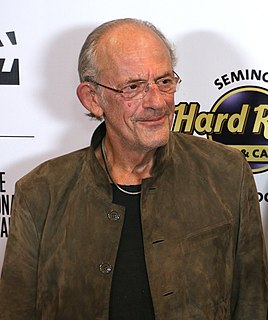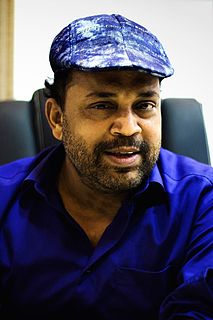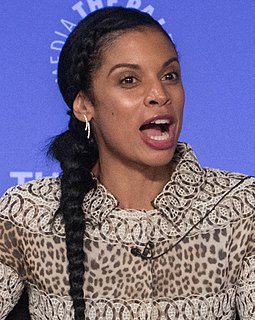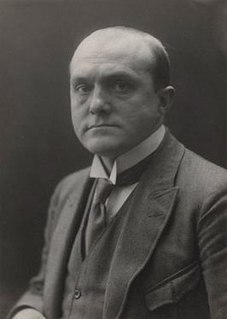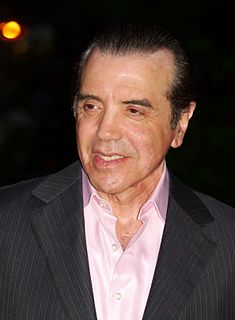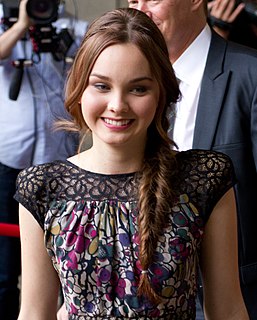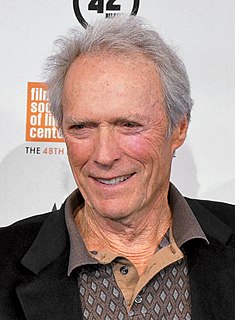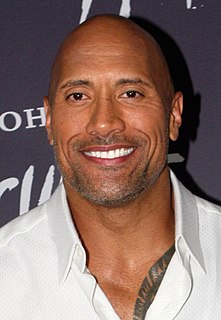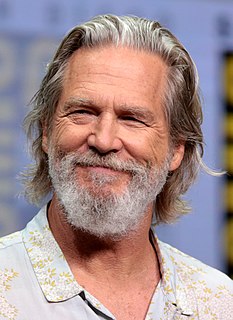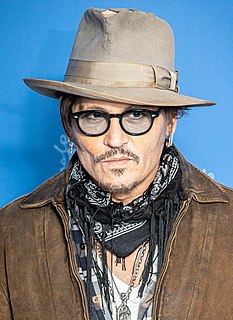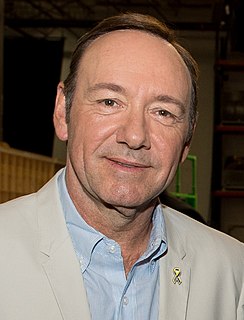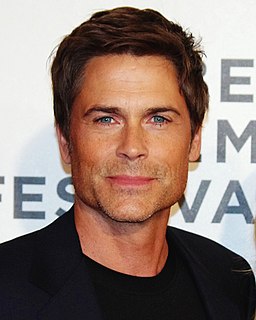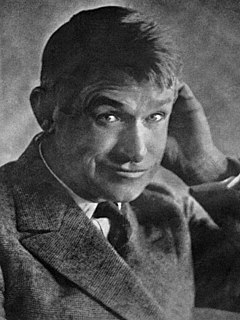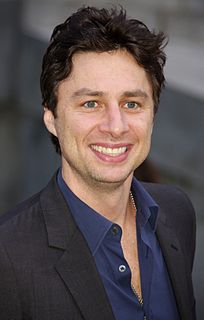A Quote by Christopher Lloyd
Whether it's a very dramatic part or a comical role, I feel I need to create the same thing: a full-fledged, three-dimensional character that the audience can identify with.
Related Quotes
This is a corny actor thing to say, but the first step is that you can't judge the character that you're playing. If it's built in three-dimensional fashion, you'll just play a character who's going out and seeking the best version of their life that they can find. That gives the character an accessibility that everyone can identify with.
Genes are effectively one-dimensional. If you write down the sequence of A, C, G and T, that's kind of what you need to know about that gene. But proteins are three-dimensional. They have to be because we are three-dimensional, and we're made of those proteins. Otherwise we'd all sort of be linear, unimaginably weird creatures.
I always want the audience to identify with my character in some way. I mean, sometimes you'll get characters that aren't very identifiable. Sometimes you can't relate to your character at all. I think it's important to keep the audience interested. But the best advice that I've gotten is to live in the moment.
I was really, really, really nervous when I got this role because I did feel it was important to make Alice [Cullen] just as lovable as I read her being on paper and, kind of, full of vitality. In my head she is just this light and breath of fresh air in very dramatic settings - because I feel like we're always extremely dramatic in this film. I wanted people to be able to relate to her.
In the beginning, I was always playing some kind of gangbanger and the token Mexican dude who didn't have a lot of lines but was in the entire movie. At the same time, everyone gets typecast, and I decided that if I was going to play a stereotypical role, I was going to play it like a three-dimensional character.
I think 'Scarface' is a great film, but if you have a character like Tony Montana, you don't identify with him at all. I think it's very interesting instead to identify yourself with a character you don't like all the time. You can create a tension between the fiction and the viewer. You force the spectator to wonder about his actions.
